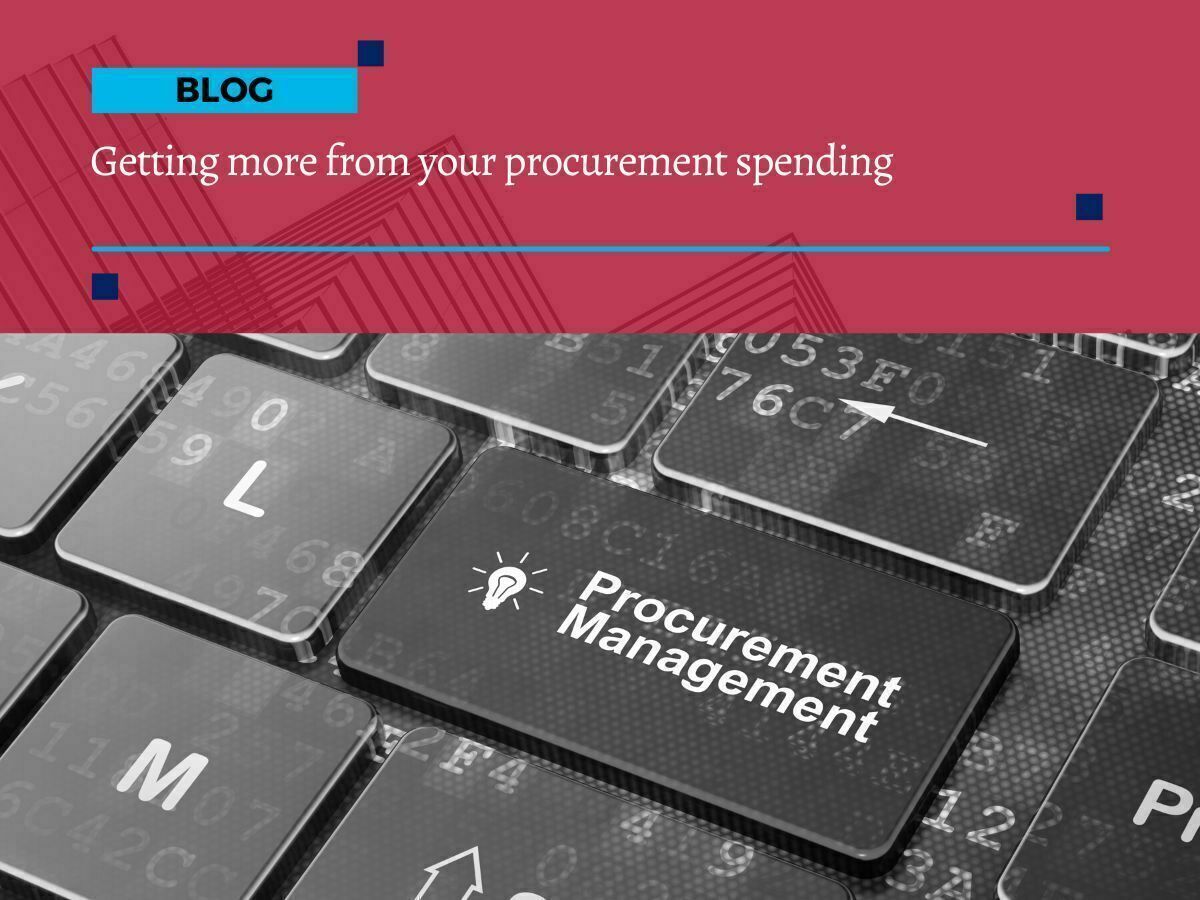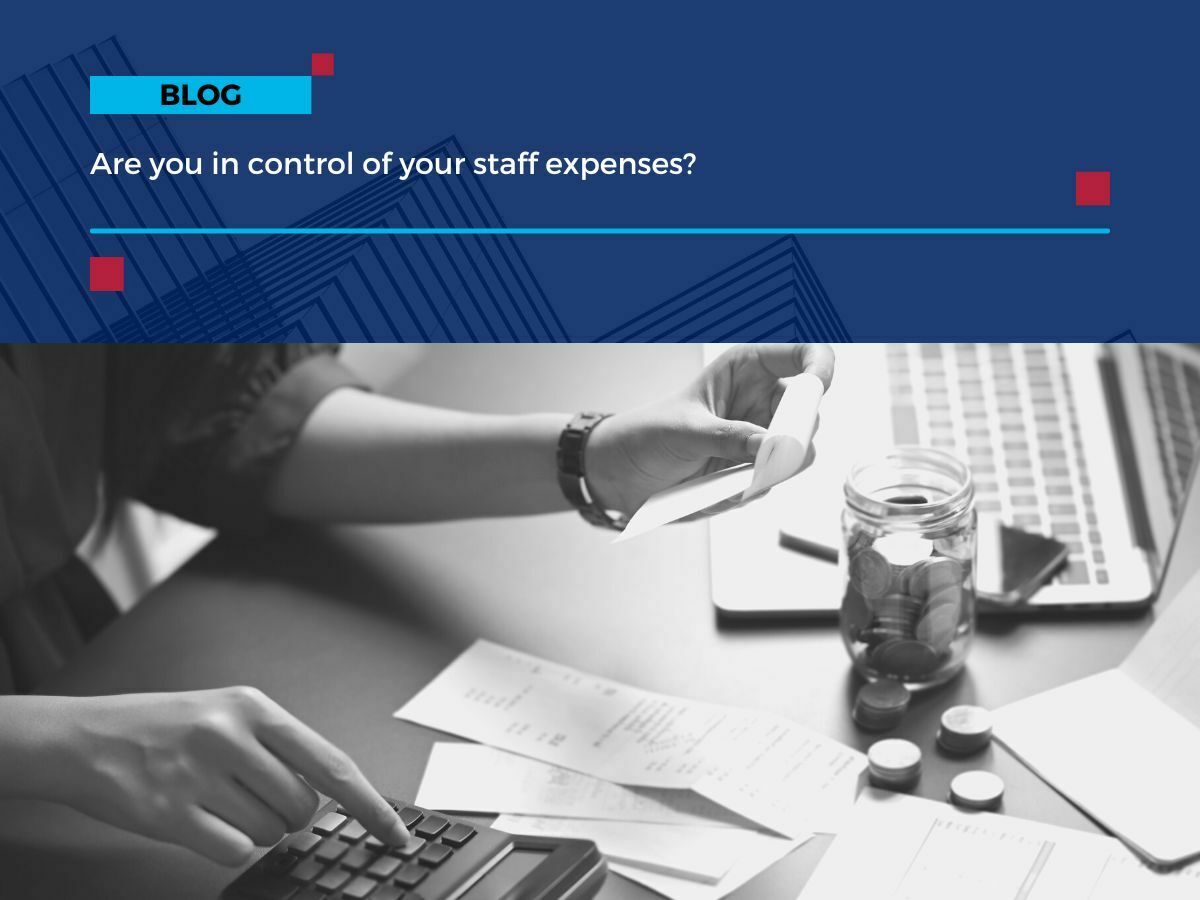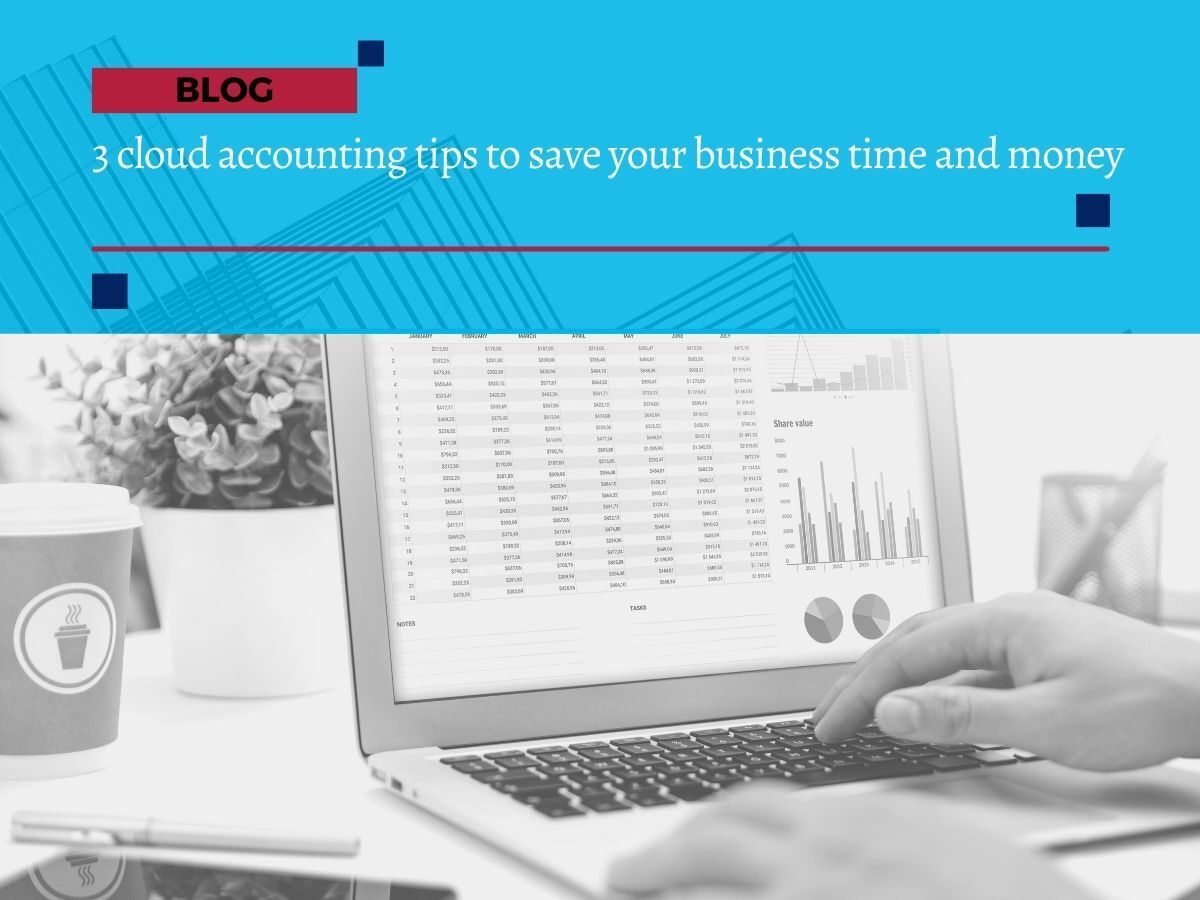
Using data analytics to give your business a competitive advantage
Using data analytics to give your business a competitive advantage
Data analytics is rapidly changing the way businesses are operated. By making use of your financial and non-financial data, you can quickly start to gain a deeper insight into your operations, performance and financial management.
Data-driven decisions are quickly becoming the norm, for even the smallest business. Data analytics allows helps you spot the patterns, understand the data trends, and preview the upcoming threats and opportunities for improvement.
Taking a deep dive into your data
Data analytics has become a crucial tool for small business owners that want to stay competitive and grow their operations in the most informed way possible.
By collecting, analysing and making sense of data, you can gain valuable insights into your performance. This means you can quickly identify the areas that need improvement and the opportunities in the market – while making data-driven decisions about your future
Deliver the best insights from your data
Calculate which data and metrics are most important to the business
What are the key numbers and drivers of success for your particular business? By analysing your data, you can determine which data and metrics are most important to your business and track these numbers in your cloud accounting platform, like Xero, or forecasting app, like Futrli.
Track KPIs in your software stack
Your cloud-accounting platform can provide a dashboard that shows all your performance indicators (KPIs) key in one place.
To add to this, you can also integrate with industry specific or tailored reporting apps to create detailed management information and reports. Talk to us about integrating the appropriate apps for your business to help you dive into your data.
Tracking and reporting on these key numbers helps you analyse your data, create detailed breakdowns of your business information and monitor your sales, business and financial performance in real-time.
Look for the patterns and opportunities in the data
What you’re looking for in your data is the trends, patterns and insights that will help you become a better business.
Pull out the trends in your customers’ behaviour, spot opportunities for growth and optimise your operations, to help push the company towards success.
Non-financial data about customer behaviour and experiences can also be invaluable. When you know your customers expectations and spending habits, that gives you the foundations to tailor your products and services to their needs. It also helps drive sales, revenues and get a better return on investment (ROI) from your operations.
Use AI to analyse your data
With the help of artificial intelligence (AI) and machine-learning applications, you add the ability to sift, filter and compare your data in superhuman ways.
AI can process and analyse data at a speed and volume that would be impossible for a human being. Software can measure progress towards goals or detect variances in budget numbers, flagging up these insights as notifications in your dashboards and management information.
Keep yourself ahead of the competition
With the right smart data-analysis tools at your fingertips, you’ll make informed decisions that help you stay ahead of your competitors and new entrants.
These apps and tools help you identify new market segments, spot opportunities for growth and optimise your operations to stay competitive in the market. In the fast-moving digital age, keeping on top of your data is the fastest way to give your business a much-needed edge.
Talk to us about integrating data analytics apps in your business
Data analytics is an essential tool if you want to stay competitive and grow your operations.
We’ll help you integrate the appropriate apps to track the right data, produce the most insightful management information and deliver the insights for your business.
Whether your goal is improved business outcomes, cost savings, increased revenue or improved customer satisfaction, we’ll help you delve through the data and make informed decisions that will drive the future of your business.








